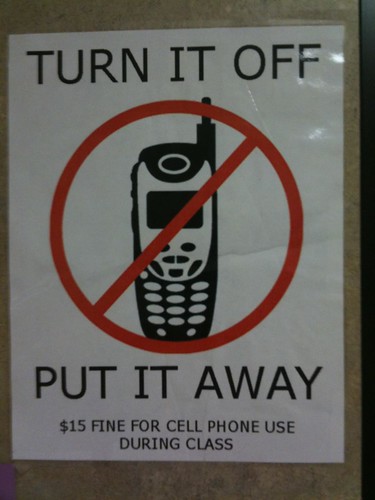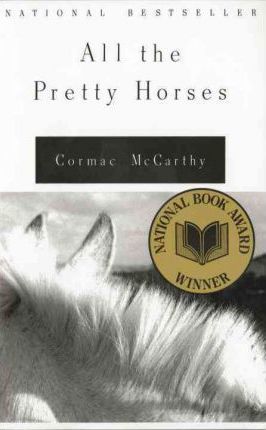
Friday night I ran 1.3 miles at 10 PM. If you are thinking, “That is a short distance to run,” or “That is a late run,” you are correct. I’d visited with friends and had an impromptu game night and got home late. It wasn’t until I was in the house that I realized I hadn’t run.
Normally, this would not be a problem. The majority of Fridays in my life have passed without me heading out on a run. This year, though, my running goal is to run every day. Up until Friday, I’d kept the streak going.
Looking at the clock and checking the temperature Friday, I was faced with the first of what will be many chances to actively decide not to be active.
1.3 miles. It might be my shortest clocked run since I started 17 years ago. Normally, I head out in running shorts, a running shirt, running socks, and, running shoes. In the cold weather months, that ensemble also includes a running cap, running jacket, running gloves, and running pants.
Friday, I went out in the work socks I’d worn that day, my undershirt, my running shoes, and my running cap. If you were a neighbor looking out the window, it would have been a sight to see. “Fran, I think Zac’s gone ’round the bend.”
When I got back, it occurred to me I might be as proud of that run as any other I’ve completed. The pride is in the doing of the thing. Identity is also wrapped up in there.
This is something I’m also re-learning in writing a post for every day of the year. Committing to the doing of the thing means having to actually do it. It’s not about word length or having the best idea ever. I’m writing because each time I put more characters on the screen, it’s more than would be there if I’d given in to procrastination or any of the number of reasons for last year’s meager showing in this space.
By committing to write and run every day, the quality of my runs and writings is going to be better than the nun my inertia would likely inspire.
Some of my miles this year will be lesser. Friday night showed there will be times I head out the door for no other reason than to say I’ve done it. I’m learning to accept this fact.
I’m also learning the regular doing of the thing inspires creativity.
Last Friday I opened the intervals app on my phone for the second time since purchasing it this summer. I love running intervals, but, in a normal year, I forgo them because they don’t rack up the miles in the same way a long run might in the same amount of time. The same is true of posts highlighting what I’m reading throughout the year. I’m less likely to write a blog post about a book I’ve finished when it’s the first post I’ve put up in more than a month.
In both cases, the fear of whatever the action is really mattering keeps me from the doing of the thing. I’m re-learning that none of it will matter if I don’t do it at all.








 My best moment from this week happened this morning. I was in one of our district’s kindergarten classrooms as the school day began. As the students entered the room, they were greeted by their teacher, but something was different from every other classroom entrance routine I’ve seen this year. The students entered, put up their things in the cubbies and then made choices as to what they were going to do to start the learning for the day. They were all over the classroom, all practicing their reading, all talking. It was beautiful. And, as much as that was lovely, it wasn’t the best moment.
My best moment from this week happened this morning. I was in one of our district’s kindergarten classrooms as the school day began. As the students entered the room, they were greeted by their teacher, but something was different from every other classroom entrance routine I’ve seen this year. The students entered, put up their things in the cubbies and then made choices as to what they were going to do to start the learning for the day. They were all over the classroom, all practicing their reading, all talking. It was beautiful. And, as much as that was lovely, it wasn’t the best moment.